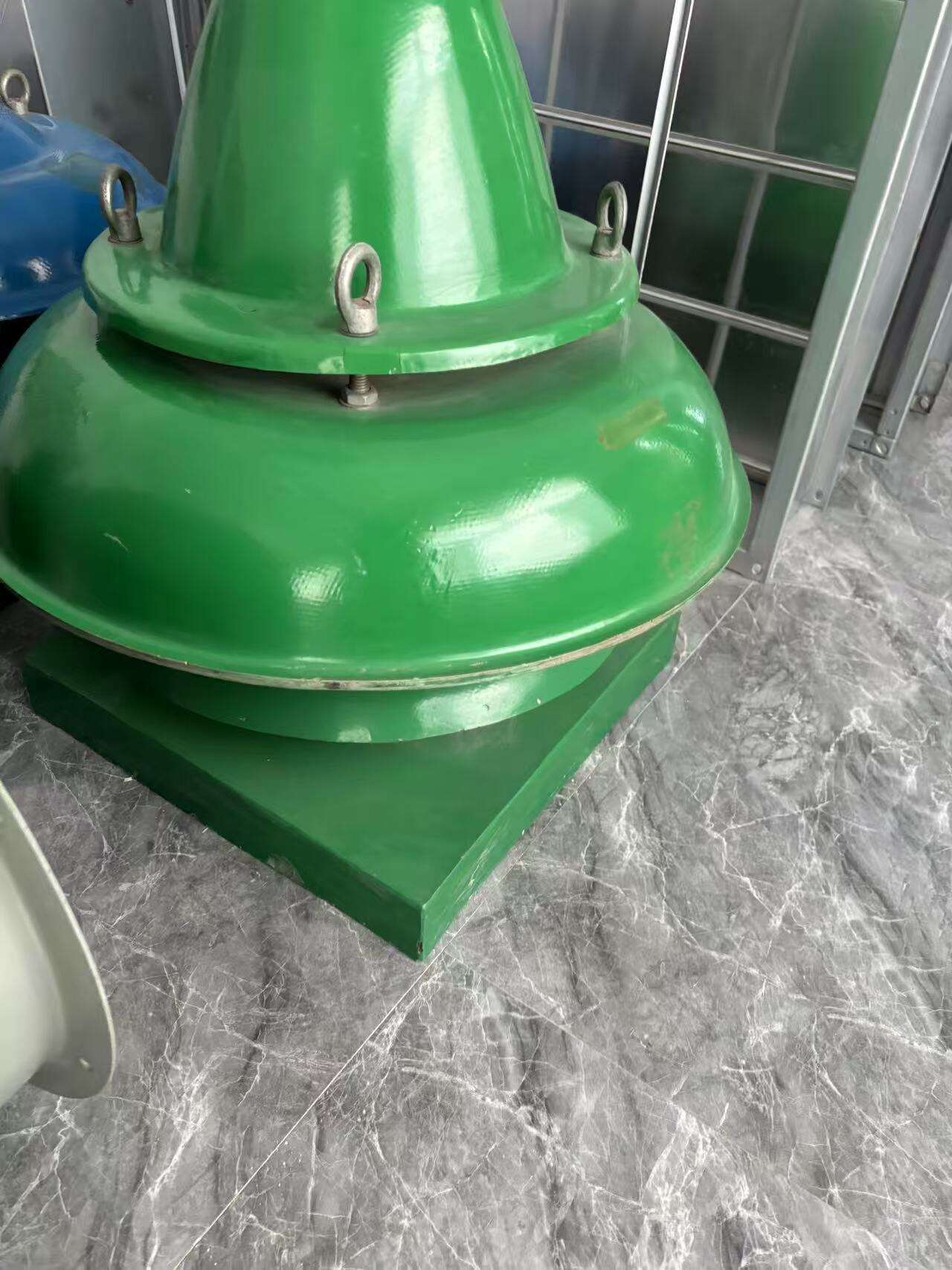
high performance duct fan is engineered to deliver superior airflow and pressure, excelling in applications where efficient air movement through ductwork is critical. These fans feature powerful motors and precision-designed impellers that generate high airflow rates even in ducts with high resistance. high performance duct fan maintains consistent performance across varying conditions, adapting to changes in duct pressure without significant loss of efficiency. The high performance of high performance duct fan is achieved through advanced engineering, including optimized blade angles and balanced components that reduce energy waste. high performance duct fan is suitable for both supply and exhaust ventilation, handling tasks like air distribution in large commercial spaces or fume extraction in industrial settings. Installation of high performance duct fan is flexible, with options for inline or booster placement in duct systems. high performance duct fan is built for durability, with robust construction that withstands continuous operation and harsh environments.
